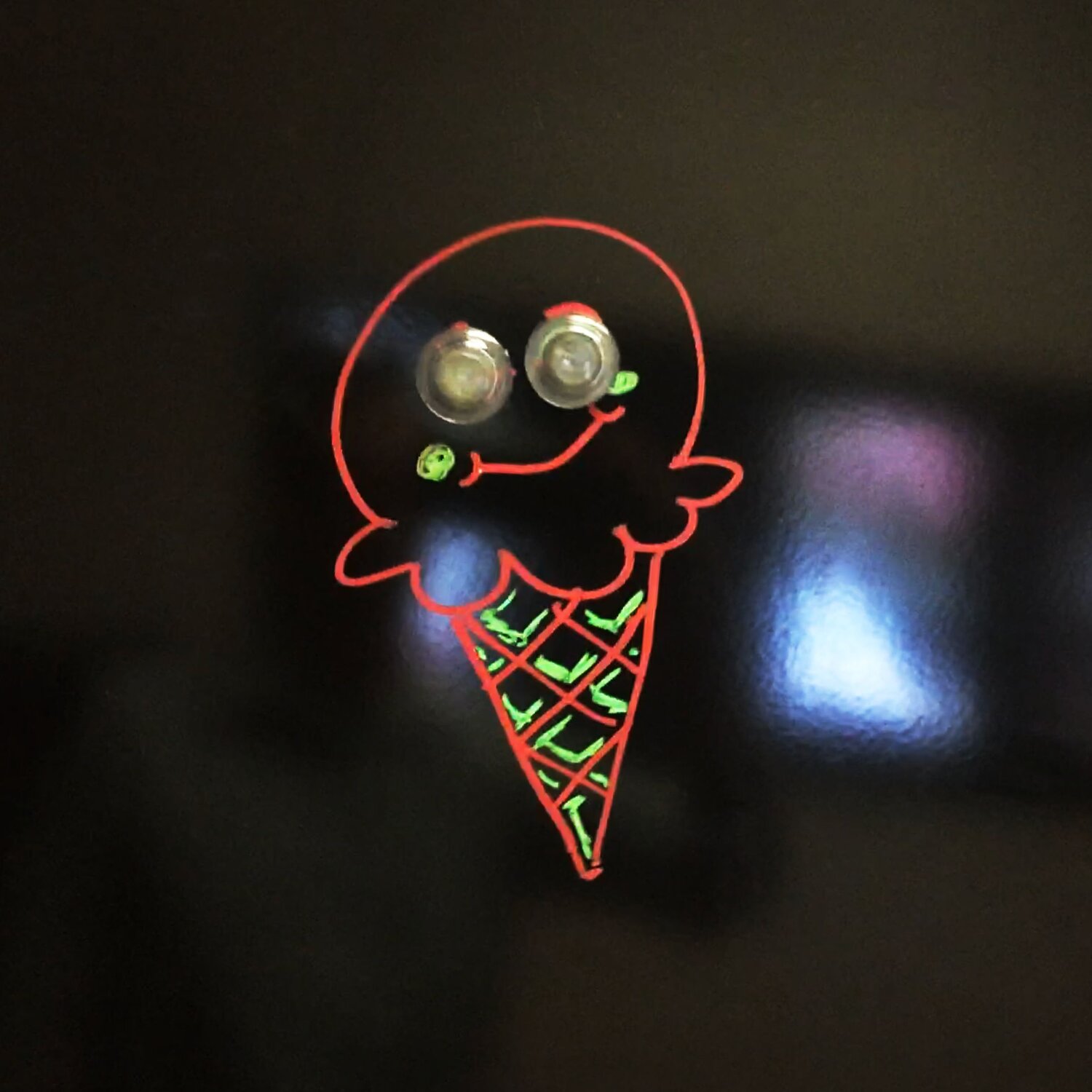
Traditional ads are easy to scroll past. Pop-ups get blocked. But step into a pop-up flower market that smells like a high-end fragrance or solve a murder mystery inside a recreated TV set? Now that’s hard to forget.
Experiential marketing is all about creating real-world interactions that stick with people. It's how brands break through the noise by turning campaigns into conversations and products into personal memories.
Why experiential marketing works
People remember what they do, not just what they see. When someone interacts with your brand in a meaningful way, it builds loyalty, sparks conversation, and makes your message stick.
Here’s why it matters now more than ever:
- Deeper emotional connection: Real-world interactions have a greater impact than digital impressions.
- Shareable by nature: People love posting experiences—especially if it’s fun, cool, or unexpected.
- Differentiation: A great brand experience shows you understand your audience beyond just selling.
Real-world examples of experiential marketing
- Only Murders in the Building Experience: Hulu invited fans to a recreated theater in NYC to solve a murder mystery tied to the show. It turned casual viewers into active participants and generated major buzz online.
- Prada Beauty Flower Markets: Luxury pop-ups doubled as floral markets that tied scent samples to real flowers. It created a high-end, sensory-driven launch that felt exclusive and personal.
Tech-enhanced engagement
- Mercedes-Benz AR Showroom: Shoppers could view luxury vehicles in their driveway via augmented reality. It offered an immersive way to explore the product without dealership pressure.
- L’Oréal Virtual Try-On: Both in-store and online, customers could digitally try on makeup before buying. This solved a real pain point and made beauty exploration easier and more fun.
Unexpected, playful interactions
- Kit-Kat’s “No WiFi Zone: WiFi-blocking benches in Amsterdam encouraged passersby to truly “take a break.” It was simple, clever, and perfectly aligned with the brand’s identity.
Planning an experience that sticks
Start by defining a clear goal: what do you want people to walk away thinking, feeling, or doing? Next, think about your audience—what actually matters to them, and how do they want to engage? Build your experience around a narrative or emotion, something they’ll connect with and remember. Don’t forget to measure the results—track participation, sharing, and feedback to improve your next campaign.
Conclusion: Want to be remembered? Be experienced.
Traditional ads are easy to ignore, but a well-designed experience sticks with people. Whether you're launching something new, reintroducing your brand, or building loyalty, experiential marketing can bring your message to life.
Let’s talk about how to build an experience your audience won’t forget.
